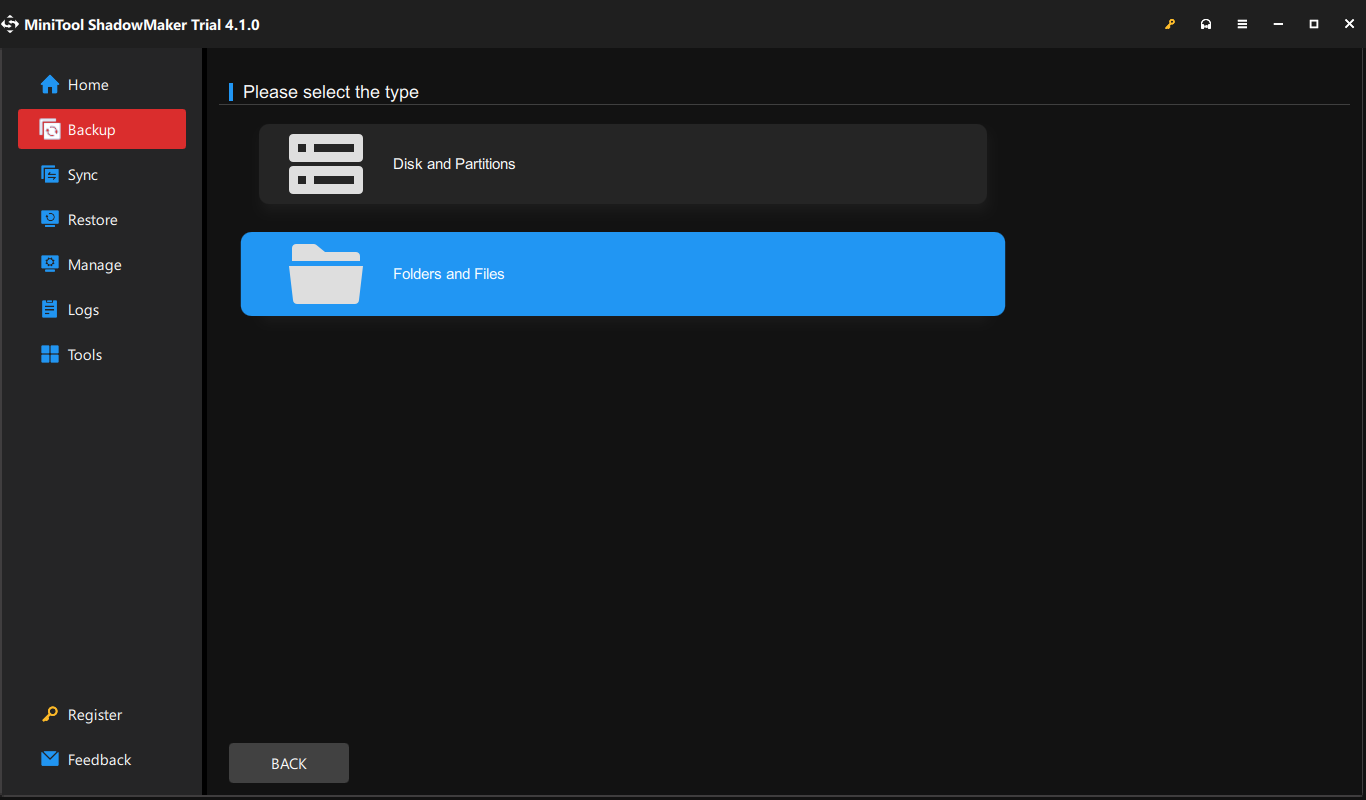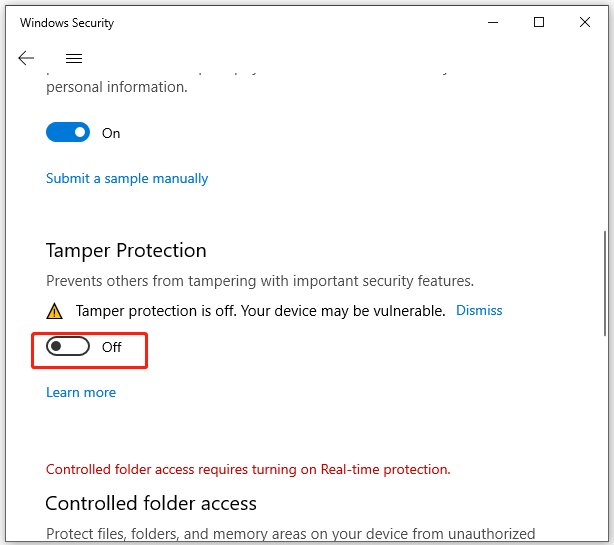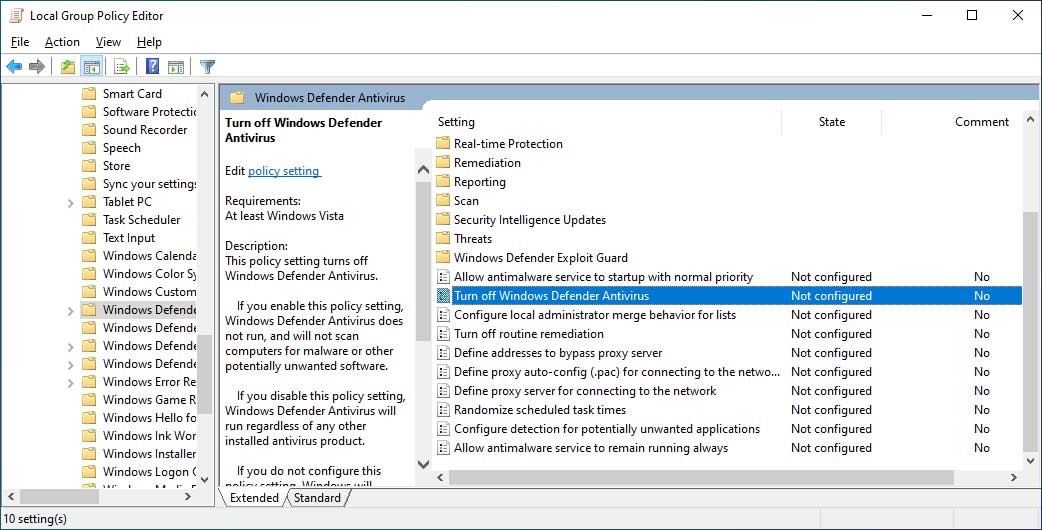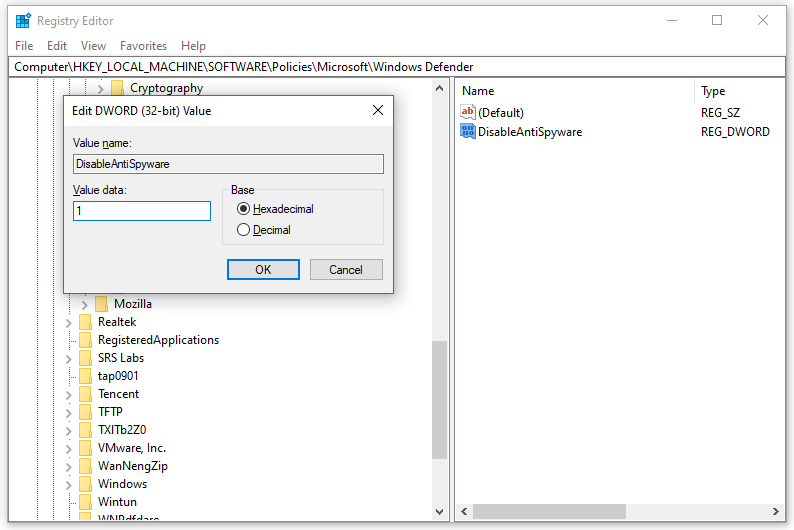Windows Defender can protect your computer and the files on the device from attacks or infection of malware and viruses. However, sometimes, you need to bypass Windows Defender due to some reason. In this post on MiniTool Website, we will introduce 3 ways on how to bypass Windows Defender in detail.
Why Do You Need to Bypass Windows Defender?
Windows Defender is a Windows inbuilt antivirus software that protects your device and the data on it. At times, Windows Defender is so overprotective that it might block some normal activities. For example, you must bypass Windows Defender before running third-party antivirus software to avoid any potential conflicts. Also, when you find Windows Defender is blocking the installation of some downloaded apps, you can consider bypassing it.
In this guide, we will show you how to bypass Windows Defender to install apps, run another antivirus software and so on.
Suggestion: Back up Your Valuable Files with MiniTool ShadowMaker
Once you bypass Windows Defender, your device might be vulnerable. Therefore, it is necessary to back up your important data beforehand. To create a backup of your data, MiniTool ShadowMaker is the optimal choice for you. This free Windows backup software is designed to provide easy and efficient backup and recovery solution on files, folders, partitions, systems and disks. Here, let me show you have to create a file backup with this tool:
Step 1. Open MiniTool ShadowMaker and hit Keep Trial.
MiniTool ShadowMaker TrialClick to Download100%Clean & Safe
Step 2. In the Backup page, go to SOURCE > Folders and Files to decide what to backup. As for choosing a destination path, go to DESTINATION.

Step 3. Click on Back Up Now to start the backup task at once.
How to Bypass Windows Defender on Windows 10/11?
Way 1: Bypass Windows Defender via Windows Settings.
Step 1. Press Win + I to launch Windows Settings.
Step 2. Go to Update & Security > Windows Security > Virus & threat protection.
Step 3. Scroll down to hit Manage settings.
Step 4. Toggle off Real-time Protection and Tamper Protection.

Way 2: Bypass Windows Defender via Local Group Policy Editor
Since Local Group Policy Editor isn’t available on Windows Home Edition, you can skip this method if you are a Windows Home user.
Step 1. Press Win + R to evoke the Run dialog.
Step 2. Type gpedit.msc and click on OK to open Local Group Policy Editor.
Step 3. Go to the path below:
Computer Configuration > Administrative Templates > Windows Components > Windows Defender or Windows Defender Antivirus
Step 4. On the right-side pane, double-click on Turn off Windows Defender Antivirus.

Step 5. Tick Enabled and hit Apply & OK to save the changes.
Way 3: Bypass Windows Defender via Registry Editor
Before making any changes to Registry Editor, you must create a backup of the registry database in case something goes wrong during the process.
Step 1. Press Win + R to open the Run box.
Step 2. Type regedit.exe and hit Enter to open Registry Editor.
Step 3. Navigate to:
HKEY_LOCAL_MACHINE\Software\Policies\Microsoft\Windows Defender
Step 4. In the right pane, right-click on DisableAntiSpyware to choose Modify and change its Value data to 1.

If DisableAntiSpyware doesn’t exit, follow these steps to create it manually: Right-click on Windows Defender > choose New > hit DWORD (32-bit) Value.
Step 5. Save the changes and quit Registry Editor.
Final Words
In this post, you can learn how to bypass Windows Security in 3 ways. Which method do you prefer? Or do you have better ways on that? Feel free to share your ideas in the comment section.

